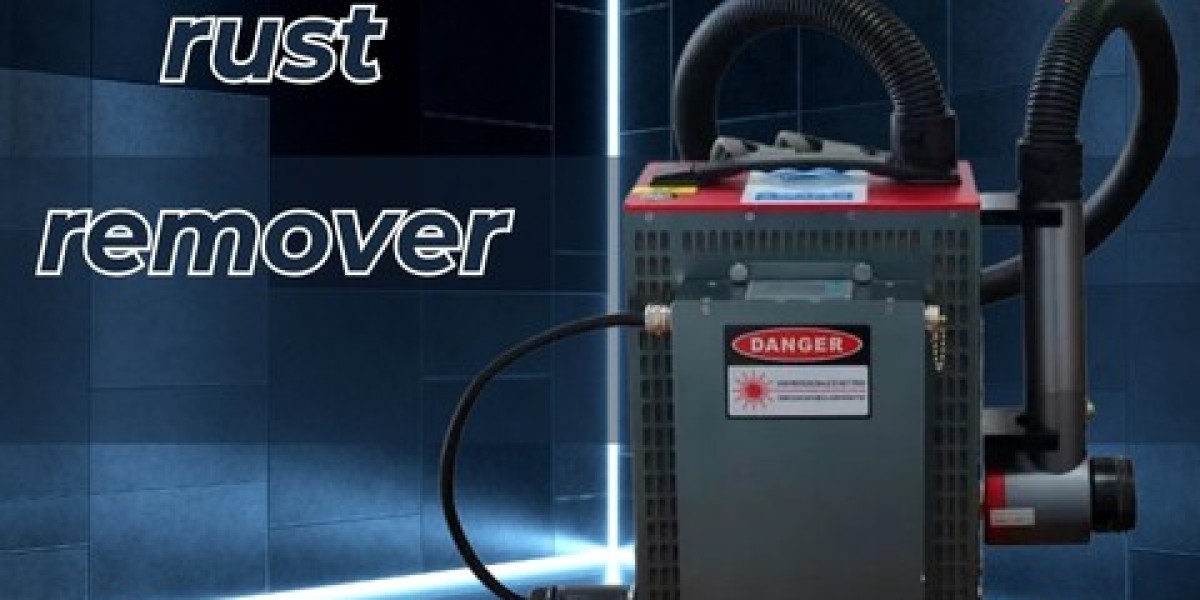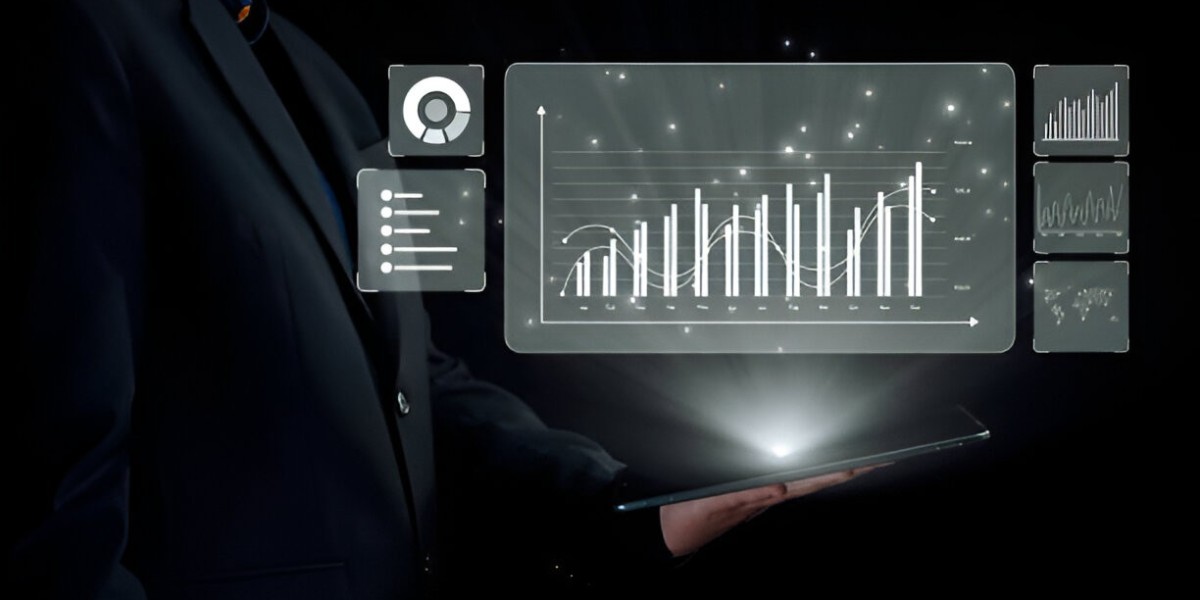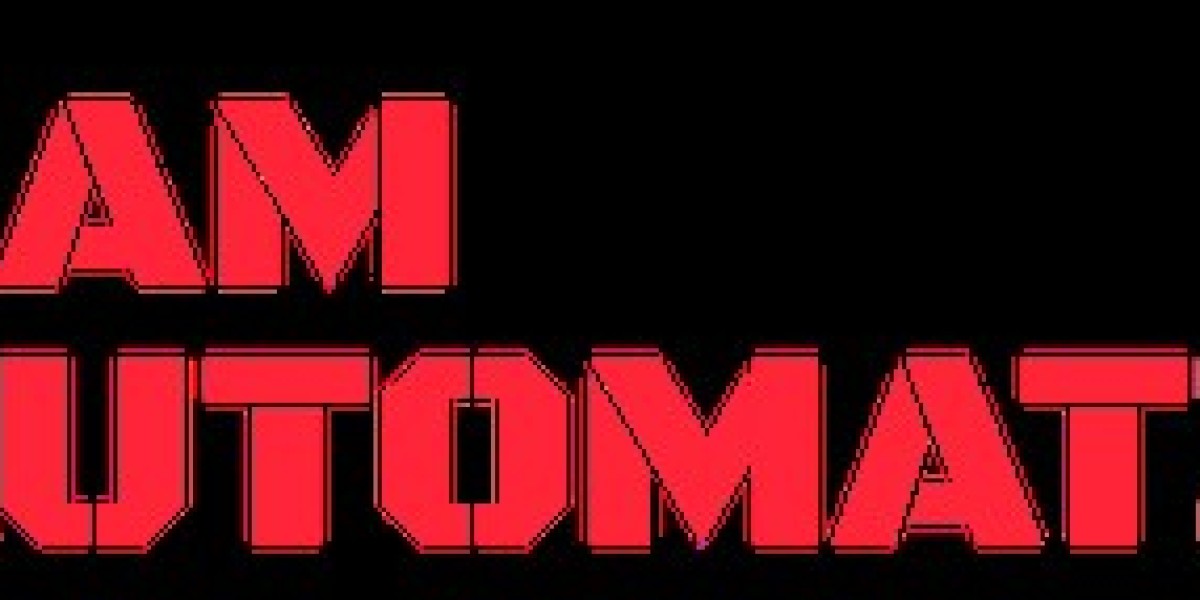What is a Laser Rust Remover?
A laser rust remover is a device that uses concentrated laser beams to target and eliminate rust from metal surfaces. Rather than relying on physical abrasion or chemical reactions, it utilizes a process known as laser ablation. This involves firing short pulses of high-energy laser light at a corroded surface. The rust absorbs the energy and vaporizes or is ejected from the surface, leaving the base material clean and intact.
This technology isn't just limited to rust. It can also clean paint, oil, oxide layers, and other surface contaminants. However, its most impressive application remains the removal of stubborn rust on tools, machinery, vehicles, and even historic artifacts.
How Does a Laser Rust Remover Work?
At first glance, the process may seem like something out of a science fiction novel. In reality, the concept is straightforward but executed with precision.
Targeting: The device focuses a laser beam on the affected area.
Energy Absorption: Rust, being a different material than metal, absorbs the laser's energy differently.
Material Removal: The rust either vaporizes or is blasted away by the shockwave created by the laser pulse.
Surface Preservation: Since the metal underneath reflects the laser energy, it remains unharmed.
This highly controlled process makes the laser rust remover ideal for delicate tasks, such as cleaning rust off thin metal sheets or antique equipment where preservation is essential.
Who Uses Laser Rust Removers?
From industrial manufacturers to car restoration experts, the laser rust remover has found its place across a wide range of applications:
Automotive garages use it for cleaning car frames, parts, and engine components.
Factories apply it to maintain and restore large machinery without disassembling them.
Construction firms use it to treat steel beams and infrastructure parts.
Aerospace companies benefit from its precision in cleaning aircraft parts.
Antique restorers rely on it to clean vintage metal objects with care and accuracy.
Even hobbyists and DIY enthusiasts are catching on, especially with the emergence of more compact and affordable laser cleaning tools on the market.
Safety and Precision: A Winning Combination
One of the most compelling aspects of a laser rust remover is its precision. Unlike sandblasting, which can damage the surface underneath, or chemical removers, which can pose environmental and health risks, laser cleaning is clean, accurate, and controlled.
Modern laser systems often come with adjustable power settings and focus mechanisms, allowing the operator to fine-tune the laser for different levels of rust or varying surface materials. This minimizes human error and ensures consistency throughout the cleaning process.
Additionally, because the laser cleaning process generates minimal dust and residue compared to abrasive methods, it’s considered safer for both the operator and the surrounding environment.
Why Industries are Making the Shift
Industries are always on the lookout for methods that offer higher efficiency, lower long-term cost, and reduced environmental impact. The laser rust remover ticks all three boxes. Here’s how:
Efficiency: Tasks that once took hours or days using manual or chemical methods can now be done in minutes.
Cost-saving: While the upfront investment can be significant, the reduction in labor costs, downtime, and consumables (like sand or chemicals) quickly makes up for it.
Eco-friendly: No toxic waste, no water consumption, and minimal airborne pollutants. It’s a cleaner method in every sense of the word.
In maintenance-intensive industries such as shipbuilding or oil and gas, where metal surfaces are constantly exposed to harsh conditions, laser rust removers are quickly becoming standard equipment.
Real-World Examples of Laser Rust Removers in Action
Let’s take a look at how laser rust removal has made a tangible impact in various fields:
1. Classic Car Restoration A vintage car restoration shop in California adopted laser cleaning technology to remove decades of corrosion from rare automobile frames. What used to take weeks using chemical stripping and manual sanding now takes only days, preserving intricate body lines and frame details that were often lost with abrasive methods.
2. Shipbuilding and Marine Maintenance Saltwater and moisture are rust’s best friends. A shipyard in Japan implemented high-powered laser rust removers to clean hulls, propellers, and engine rooms. The reduced turnaround time and labor costs significantly improved operational efficiency.
3. Heritage Conservation An art conservation lab in Europe utilized low-power laser rust removers to clean rust from historic tools and machinery. The non-invasive nature of laser ablation meant that delicate engravings and aged patinas remained untouched.
4. Aerospace Aircraft components, particularly those exposed to changing altitudes and weather, require frequent inspection and cleaning. Laser cleaning offers a non-contact method that doesn’t risk introducing foreign particles or altering surface properties critical to flight safety.
Choosing the Right Laser Rust Remover
The market offers a variety of models, from handheld units to high-powered industrial machines. Selecting the right one depends on your specific needs.
For DIY users or hobbyists, a compact, portable laser rust remover with moderate power is often sufficient.
For industrial-scale operations, systems with higher wattage (1000W and above), integrated cooling systems, and advanced controls are more appropriate.
Price points vary widely. Entry-level models might start around $3,000, while industrial units can go beyond $30,000. It’s important to consider long-term value over initial cost, especially in commercial environments where time is money.
Maintenance and Training
Though laser rust removers are advanced machines, they are relatively easy to maintain. Most come with safety features, touch-screen controls, and automated systems that simplify operation. However, proper training is essential to ensure safe use and to maximize efficiency.
Operators should understand beam adjustments, cleaning parameters, and surface compatibility to avoid potential issues like overexposure or underperformance.
The Evolving Market
The laser rust removal industry is still growing rapidly. New innovations are making these machines more compact, user-friendly, and affordable. With the global emphasis on sustainability and cleaner manufacturing practices, laser cleaning is gaining significant traction.
Leading manufacturers are also beginning to develop multi-purpose systems capable of rust removal, paint stripping, and even surface texturing—all in one unit. This versatility makes the technology even more attractive for businesses seeking a competitive edge.
Final Thoughts
The answer to the original question is a confident yes: a laser rust remover can effectively remove years of corrosion without harming the base metal—when used correctly. It’s not magic; it’s science. Precision, control, and innovation combine in this powerful tool that’s changing how we care for metal.
Whether you're restoring a beloved classic car, maintaining industrial equipment, or preserving historical artifacts, laser rust removal offers a cleaner, smarter, and more efficient solution. As accessibility increases, it’s only a matter of time before this once niche technology becomes a common feature in workshops and factories around the world.
Ready to take rust removal to the next level? A laser rust remover might be just what you need.



